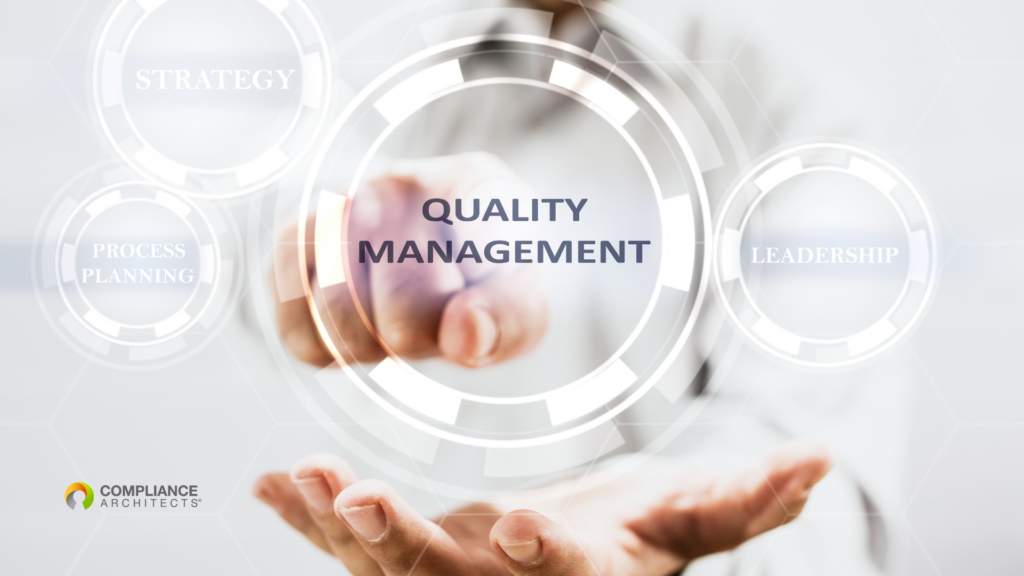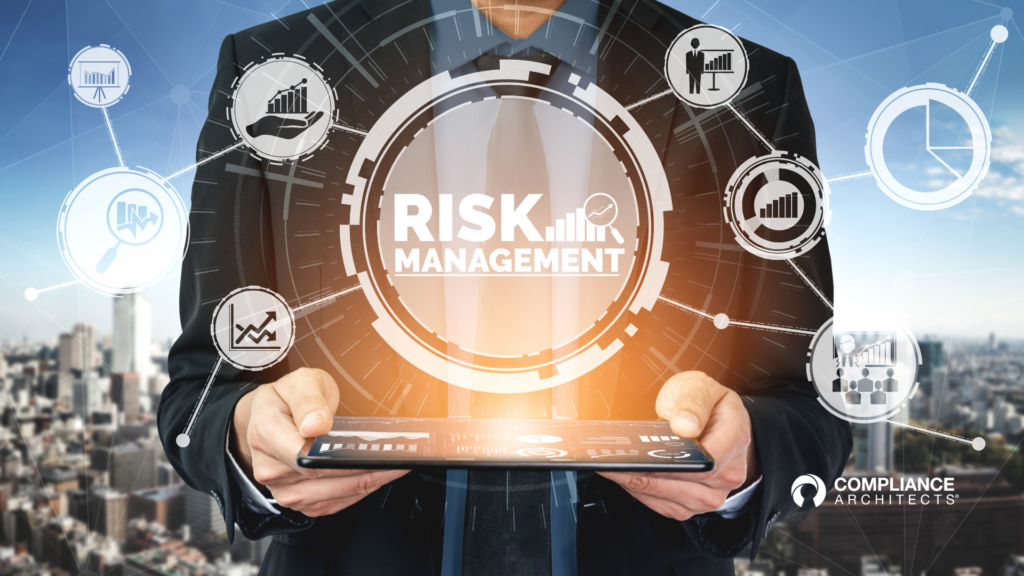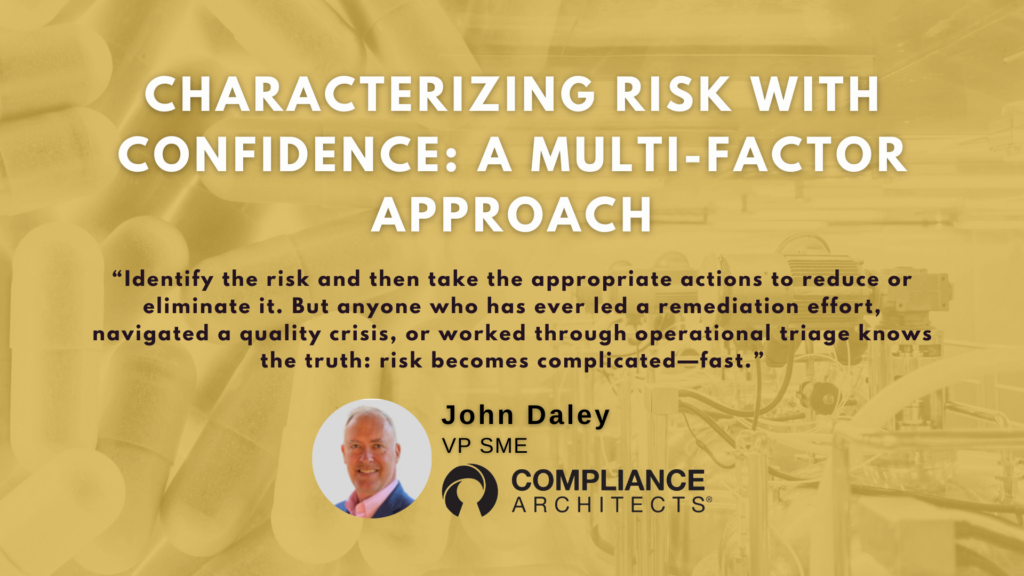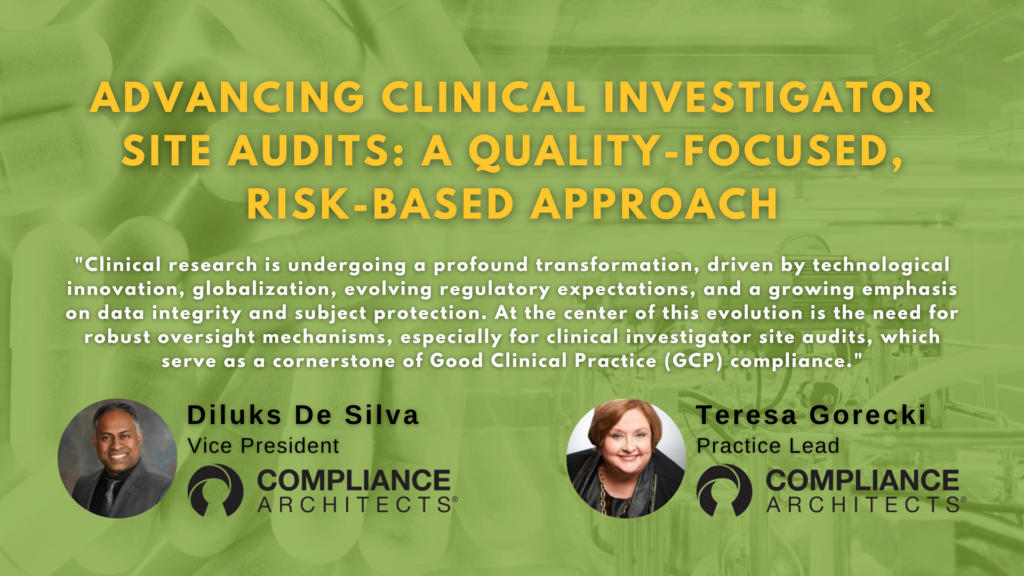Table of Contents
Introduction to the QMSR Risk Management Transition
The initial articles in this series focused on key differences a company needs to be aware of as they transition from the Quality System Regulation (QSR) to the Quality Management System Regulations (QMSR).
For article 1 in this series that focuses on the QMSR introduction, click here.
For article 2 in this series that focuses on important differences in the 21 CFR 820 QSR transition to QMSR, click here.
For article 3 in this series that focuses on definitional differences, click here.
From this point forward, we are going to start having discussions that move away from those more tactical considerations, like removing the term “design history file” from our procedures to ones that are more strategic (and impactful) like “how to synthesize these changes in a way that helps us avoid audit findings?”
As the FDA gets comfortable with the new requirements in the QMSR, both the areas they focus on and the depth they go to in those areas will most likely change. This article will highlight a key change that will affect just about every aspect of your Quality Management System (QMS): the QMSR risk management transition.

It All Starts with Risk
Of all the high-level changes that will occur with the adoption of the QMSR, the approach to the QMSR risk management transition will be the biggest. This is especially true for companies that do not currently have ISO 9001 or ISO 13485 certification.
This is because, with the publication of the QMSR, the FDA has embraced ISO 13485 which means they have also embraced ISO 14971. For those unfamiliar with this standard, its current proper citation is “ISO 14971:2019 Medical devices — Application of risk management to medical devices”. ISO 14971 affects processes and procedures across all aspects of your QMS.
You need to get a copy.
ISO 14971 outlines both the tactical and systemic requirements for the application of risk management to medical devices. It is key to ensuring that the risks associated with medical devices are systematically managed throughout their lifecycle—from initial design through production to post-market activities.
This systematic approach starts in clause 4 with the introduction of Risk Management Plans and Risk Management Files. Those plans and files are supported by the activities in clause 5 with the identification of hazards and the estimation of their risk. Clauses 6-8 get to how you will evaluate and control both the controlled and residual risks you have identified. Finally, clauses 9 & 10 ensure you are verifying your assumptions and monitoring performance in the field.

How to Show Proper Risk Incorporation
Audit preparations need ensure Risk Management Plans, Risk Management Files and detailed risk management documentation, such as risk assessment records, risk mitigation strategies, and ongoing risk monitoring activities are easily retrieved and explained. Additionally, you will need to make sure your post-market system is continuously feeding back performance information into your design process and that this can be documented easily.
Contact Us
To learn more about the QMSR risk management transition, fill out the form below to contact our team.





